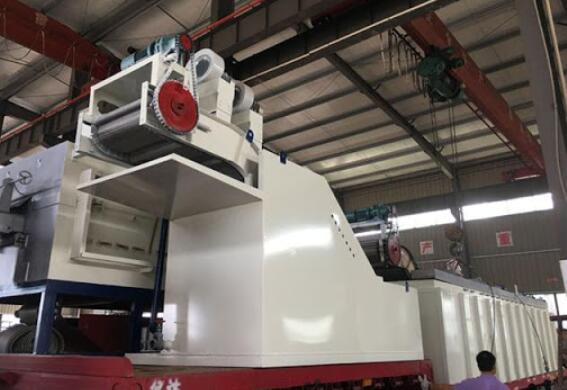Low Frequency Heating Vacuum Drying Equipment For The Large Transformer

Low Frequency Heating Vacuum Drying Equipment For The Large Transformer
Description:
Drying system using tailor-made design, to maximize the user's requirements
1, Accurate frequency and heating control system
2, Heating uniform, heating speed
3, low energy consumption, energy saving than traditional process up to 70%
4, Short drying cycle, time-saving and efficient
5, With overheating protection
6, The system can contain multiple processing units, each unit can handle multiple products in parallel
7, Vacuum system can be customized according to user needs
8, With the oil purification device constitutes a dry oiling system
9, Can form a mobile system, on-site work
10, The operation is simple, easy to maintain, low operating costs
11, Especially for the new system and maintenance of the transformer
Application :
1 , GH-FH series Low-Frequency Heating System is designed to heat a large transformer or up to two small transformers, transformers placed in hot air circulation vacuum drying chamber, through the high-voltage side of the transformer through low-frequency current, and transformer low voltage side of the short circuit is rely on the internal heat generated by the transformer short losses to their own heating, low-frequency heating control by heating to achieve.
2 ,Low-Frequency Heating control power supply: The control mainly consists of local station control unit and local station including frequency conversion circuit and detection unit. It is equipped with control cabinet and connected with main control of hot-air circulation vacuum drying equipment and incorporated into computer control. The device is designed to heat up to 800A and operate over a variable voltage range.
3. Low-frequency heating requires the following safety measures:
• Safe and uninterrupted monitoring of coil copper conductor temperature from calorific value measurement ensures safe control of high and low voltage coils
• Safety devices to prevent internal sparking
• Over-current warning and interrupt






